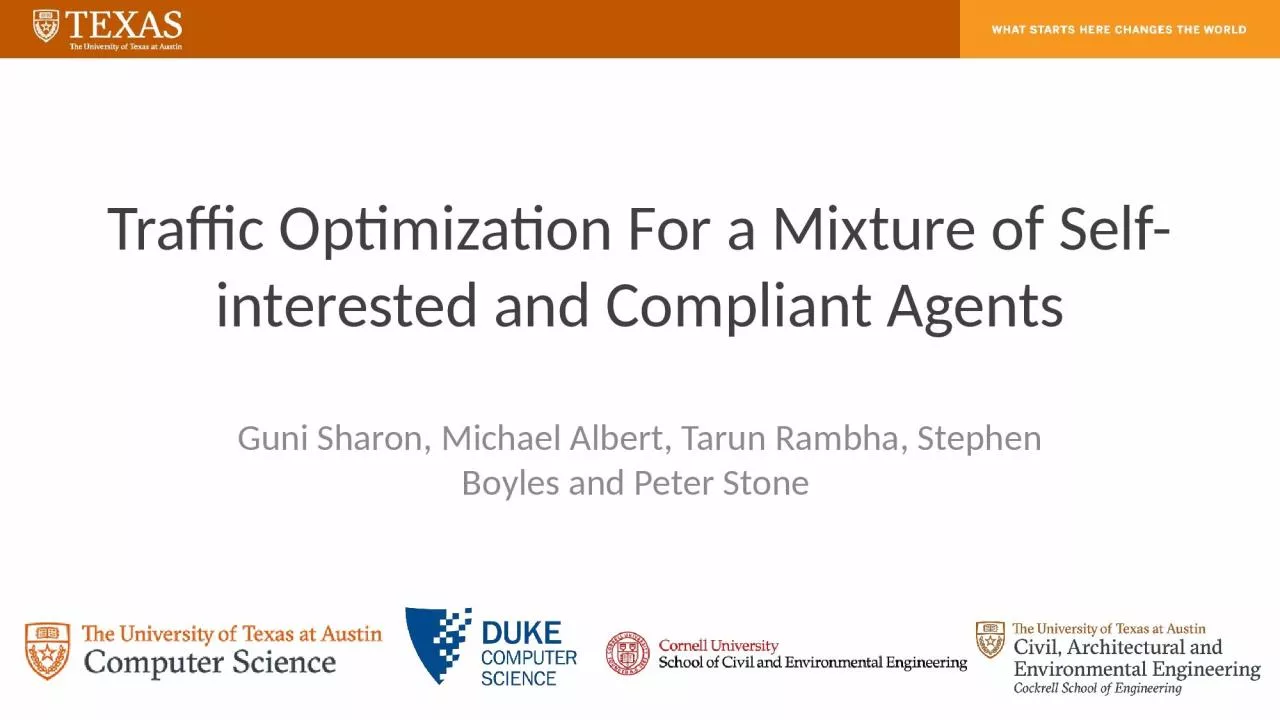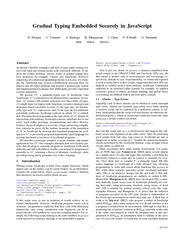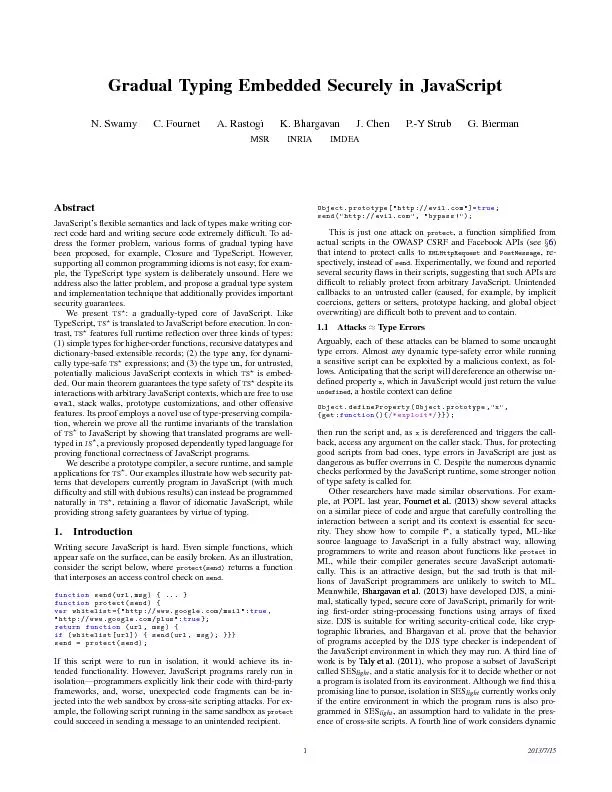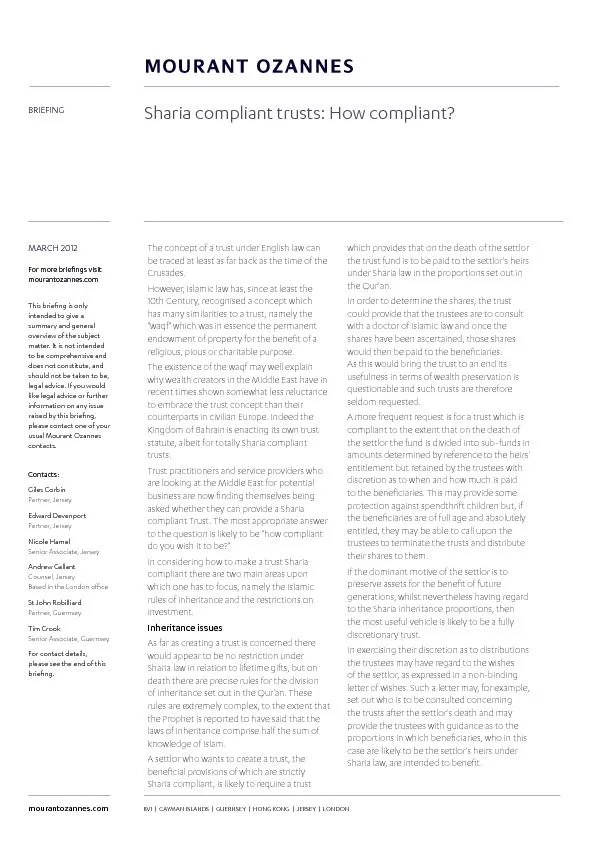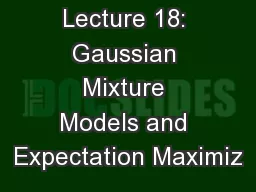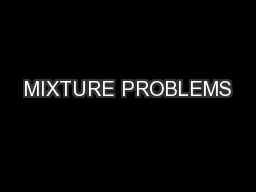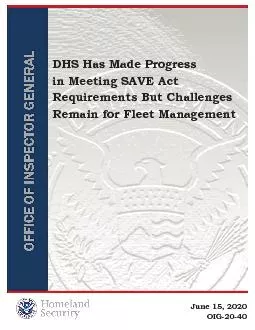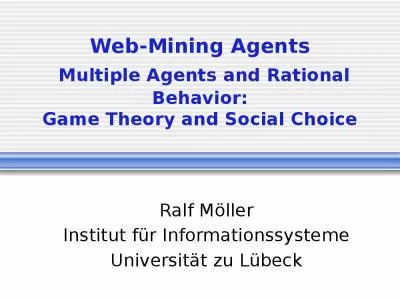PPT-Traffic Optimization For a Mixture of Self-interested and Compliant Agents
Author : greyergy | Published Date : 2020-08-29
Guni Sharon Michael Albert Tarun Rambha Stephen Boyles and Peter Stone Overview Route a flow of agents across a network S T Overview Route a flow of agents across
Presentation Embed Code
Download Presentation
Download Presentation The PPT/PDF document "Traffic Optimization For a Mixture of Se..." is the property of its rightful owner. Permission is granted to download and print the materials on this website for personal, non-commercial use only, and to display it on your personal computer provided you do not modify the materials and that you retain all copyright notices contained in the materials. By downloading content from our website, you accept the terms of this agreement.
Traffic Optimization For a Mixture of Self-interested and Compliant Agents: Transcript
Download Rules Of Document
"Traffic Optimization For a Mixture of Self-interested and Compliant Agents"The content belongs to its owner. You may download and print it for personal use, without modification, and keep all copyright notices. By downloading, you agree to these terms.
Related Documents

